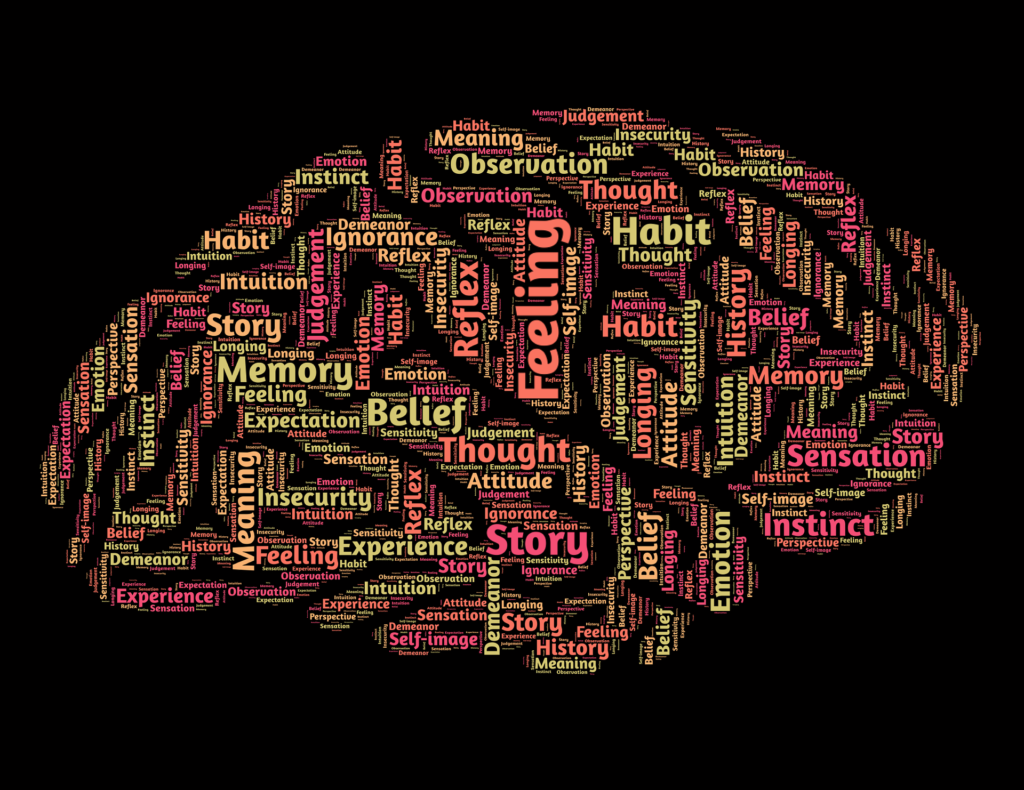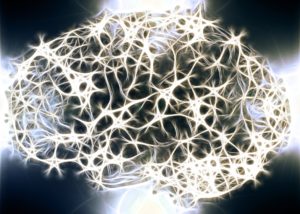- Calls to this hotline are currently being directed to Within Health, Fay or Eating Disorder Solutions
- Representatives are standing by 24/7 to help answer your questions
- All calls are confidential and HIPAA compliant
- There is no obligation or cost to call
- Eating Disorder Hope does not receive any commissions or fees dependent upon which provider you select
- Additional treatment providers are located on our directory or samhsa.gov
Binge Eating Disorder & Neuroimagery

Over the past two decades, our understanding of the brain and eating disorders has increased significantly. Unfortunately, most of this research has centered on anorexia but more needs to be focused on binge eating disorder and bulimia.
To better understand what we know about the neuroscience of binge behavior, researchers at the School of Psychology at the University of Sydney in Australia completed a review of peer-reviewed research papers that studied the issue. After reviewing all that has been published on the subject, they concluded that the “precise neurobiology of BN [bulimia nervosa] and BED [binge eating disorder] remains unclear and ongoing, large-scale investigations are required.” [1]
While more work is needed, the researchers were able to state,
“One clear finding is that illness severity, exclusively defined as the frequency of binge eating or bulimic episodes, is related to greater neural changes.” In particular, there needs to be a better understanding of what is happening in the regions of the brain associated with self-regulation and responses to triggers like seeing binge food.
The Brain is Struggling to Say “No” to Binge Eating Disorder
For those with symptoms of bingeing, researchers found there “are reductions in the overall size of the brain and diminished activity in regions associated with self-regulation.” In plain English, parts of the brain that help us say “no” to urges are not operating at full strength. Recovery is not about needing to have more will-power. Instead, the brain needs to be retrained and refreshed to make recovery choices.
More Investment into New Technologies is Needed
To help retrain the brain, the researchers point to two technologies that can help heal and strengthen the brain, neurofeedback and repetitive transcranial magnetic stimulation (rTMS).
 Traditional treatment for bulimia and binge eating disorder has been talk therapy, which targets “top-down” cognitive processes, which is based on the idea that changing your thoughts will change your behavior.
Traditional treatment for bulimia and binge eating disorder has been talk therapy, which targets “top-down” cognitive processes, which is based on the idea that changing your thoughts will change your behavior.
Neurofeedback and TMS would be considered “bottom-up” and work on the belief that changing the brain will change thoughts and behaviors.
Neurofeedback uses technology to read brain waves and gives the brain feedback so it can regulate itself. It is a non-invasive, pain-free treatment.
TMS uses magnetic stimulation to parts of the brain which are underactive to “wake them up” and strengthen them. In other words, both of these technologies may be very useful in training the brain to say “no” to binges.
If you are struggling with binge urges, talk with your therapist or physician about the possibility of integrating neurofeedback or TMS into your treatment plan as both Neurofeedback and TMS have become more accessible and affordable in recent years.
REFERENCES:
[1] Donnelly, B., Touyz, S., Hay, P., Burton, A., Russell, J., & Caterson, I. (2018). Neuroimaging in bulimia nervosa and binge eating disorder: a systematic review. Journal of Eating Disorders, 6(1). doi: 10.1186/s40337-018-0187-1About the Author:
 Travis Stewart, LPC has been mentoring others since 1992 and became a Licensed Professional Counselor in 2005. His counseling approach is relational and creative, helping people understand their story while also building hope for the future. Travis has experience with a wide variety of issues which might lead people to seek out professional counseling help.
Travis Stewart, LPC has been mentoring others since 1992 and became a Licensed Professional Counselor in 2005. His counseling approach is relational and creative, helping people understand their story while also building hope for the future. Travis has experience with a wide variety of issues which might lead people to seek out professional counseling help.
This includes a special interest in helping those with compulsive and addictive behaviors such as internet and screen addiction, eating disorders, anxiety, and perfectionism. Specifically, he has worked with eating disorders since 2003 and has learned from many of the field’s leading experts. He has worked with hundreds of individuals facing life-threatening eating disorders in all levels of treatment. His website is wtravisstewart.com
The opinions and views of our guest contributors are shared to provide a broad perspective on eating disorders. These are not necessarily the views of Eating Disorder Hope, but an effort to offer a discussion of various issues by different concerned individuals.
We at Eating Disorder Hope understand that eating disorders result from a combination of environmental and genetic factors. If you or a loved one are suffering from an eating disorder, please know that there is hope for you, and seek immediate professional help.
Published January 23, 2020, on EatingDisorderHope.com
Reviewed & Approved on January 23, 2020, by Jacquelyn Ekern MS, LPC


